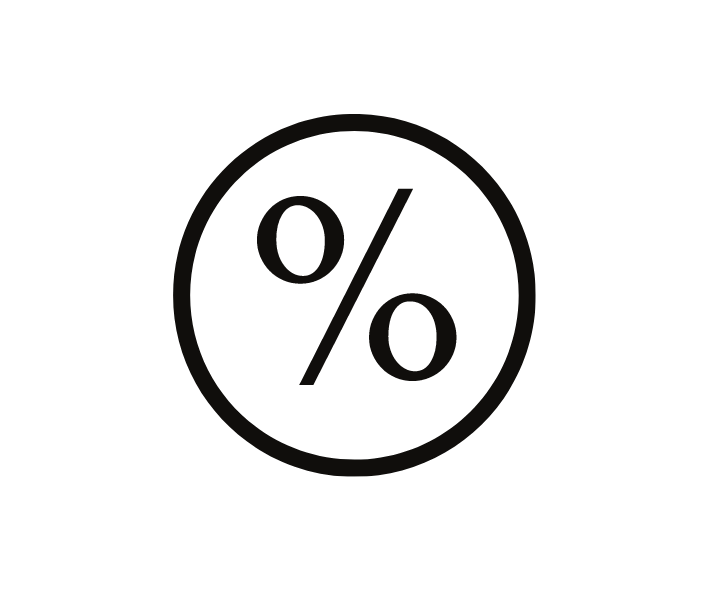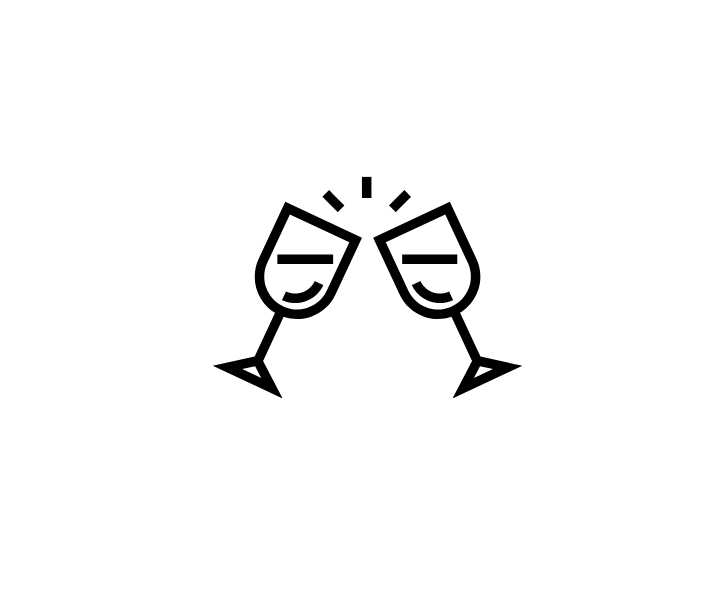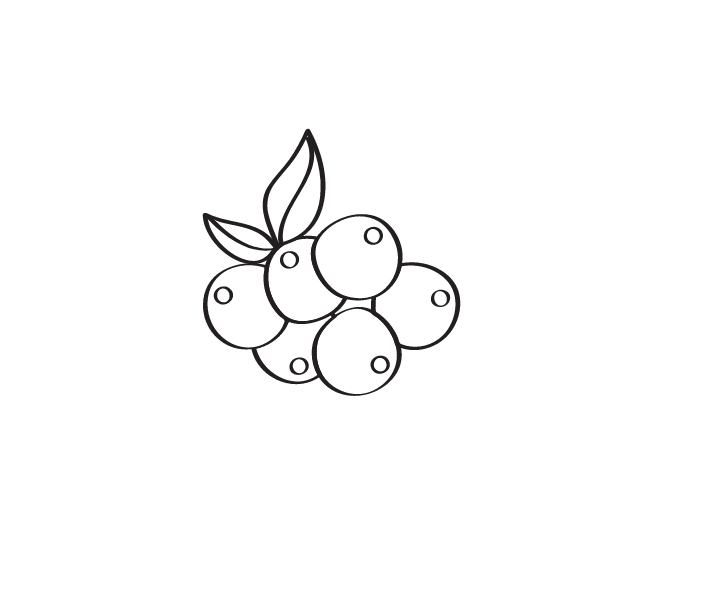
Hello Chris, …
I met Chris on one on those beautiful Minnesotan end of summer days. We actually discussed a couple of hours so I decided to edit our conversation. Enjoy!
We first spoke of the North Star et Du Nord – Minnesota used to be a land on which French trappers coexisted with the Native American before the US existed as such. So the idea of the North Star (Etoile du Nord) is present everywhere in the State. To avoid using the same name than everyone, that is, North Star, Chris and his wife, Shanelle went for the French equivalent: Du Nord. They started with limited fund and mostly a lot of energy:
“We had sixty thousand dollars, which is nowhere near the amount of money you need to start a distillery. So we had to figure out ways to kind of scrap by. So, you know, when we started, we had that still”
The distillery opened in 2013 in Longfellow, the same neighborhood where Montana grew up. What motivated you to start a distillery?
“I wanted to do my own thing. I wanted to run my own business. I wanted to try to build something. You know, I grew up very poor. And it was very clear to me that at least in this country, if you want to not be, if you know where you wanna end and not be where you started, then you have to use the tools. What this country is built for is entrepreneurship.”
And why a distillery and not a sock producing company?
“I do not know how to make socks! But distilling, i had some idea of it. I like the science of it. And I was, you know, I was a fastidious homebrewer, really into it. I had a buddy of mine, in law school. He brewed beer with me. And he says it was a horrible experience because there are people who are about the magic of making beer. I wasn’t. I was about the science of it.”
Actually Chris was obsessed with delivering the cleanest products, faithfully following the processes, fearing contamination, etc.. (…) and he went into distilling kind of following the path after home brewing “distilling, you know, this is a whiskey is what beer wants to be when it grows up.”
He then explained how his wife was instrumental in the decision to opt for distillery. She grew up in rural Minnesota. And she wanted the work that bridge that divide rural/city. “And one way that you can physically do that, bringing the rural in into the city, is by bringing the outcomes of your harvest. That part of the mission of the company made sense to her.” They both individually knew the farmers that bring them corn (among them, Shanelle’s parents). That’s also why they don’t have any malted products- as no know they know no one producing it.
Is being local the most important aspect on which you would not make compromises or are the idea of sustainability or of using organic products is more important?
“We wanted to work specifically with the family farm, and that family farm was in the middle of Minnesota. It’s surrounded by a whole bunch of other farms and there is no way it will ever be organic. Because if it’s been farmed at all and if there is anyone around you spraying any kind of pesticides out, you’ll never be organic. If you want to be organic, that usually means that you’re taking new land.”
Still wondering about how to define craft, I asked him if craft was in the end more about freedom. Or if there will be a way to simplify the reality and state what’s the difference between EU and US in terms of craft distilling, maybe American tend to favour freedom on sustainability, or organic produces.
“I think that you’re pretty accurately describing what people consider craft to be in the US. So I’m also the president of American Craft Distilling Association. And our definition of craft, it basically is: it’s in the eye of the beholder.”
Just like art in the end?
So isn’t also a question of size? Some people might say, well, your craft if you’re small. But what happens if a small guy gets big? So what if what if you made something good and then people bought it? Are you not craft anymore?
“It’s funny the way you describe it because at a American Craft Distilling Association that we describe craft as basically as you are independent. You are not owned. And you have to produce less than 750000 gallons, which is a lot right in our entire existence. (…)
… You have to have operational control. (…) It basically comes down to operational control because it is about that freedom. We don’t want to say (…) it’s just a puppet of another bigger company. And then beyond that, beyond how we might describe craft in a broad sense. It’s very much about doing what those companies don’t do. It’s having the freedom to break some rules and to do things a little differently.” (…) The large distilleries don’t have that luxury. They have to sell tens of thousands of cases to justify the production that explains it. (The smaller producers) don’t have to sell 10.000 of them to make it make sense. (..) The overwhelming majority of distilleries in this country make less than 500 cases a year. Brown Forum makes 500 cases in a minute.”
We continued to explore what craft, what the possible definition of craft could be. And we continue with the American Craft Distilling Association
“So as an association, we have a code of ethics as a operate an honest and transparent fashion. And one of the reasons for that is because historically the spirits industry isn’t transparent at all. (….)
The way I typically say that it’s an industry that’s built on B.S.”
By B.S. Chris meant all the stories that are said about a product, being produced here or their with local or not local ingredients, sourcing neutral alcohol or doing it oneself, etc. and as he says ” there’s nothing wrong with sourcing whiskey, there’s nothing wrong with sourcing neutral. As long as you say what you’re doing, right?” It becomes a problem when there are misleading labelling for example. “We made this product in that state where actually it had nothing to do with it in this state. So we had litigation in California, which had nothing to do with California’s products are sold all over the country.”
So it seems that craft is paying attention to provenance, is there are movement toward certification going on within the US on a State by State basis.
Given, for Spiritsfully, transparency has a lot to do with provenance but also about transparency of the ingredient list, I asked Chris about his take on this.
“And for us, our job as the American Craft Distilling Association, at least as I understand our job, is that we have to take that step back and say, is this something that’s really helping our industry? Because some the problem with listing things is that it excludes things that aren’t on the list. So if you say, for example, that you could say that gin is exclusively juniper even then that’s pretty good. (…) It’s never as easy as saying, well, we want to protect this one thing by protecting something, you exclude something else. That’s the entire purpose of protecting.
And do we want to do that?
We’re at a stage right now, at least in the U.S., where we’re seeing massive growth in this space and not necessarily in terms of dollars, but in terms of number of participants.
The best thing about that is that they’re taking risks and making new things. I still believe that the best form of whiskey hasn’t been made yet, right? (…For whisky) we (are) stuck in this one space for so long. I mean, you’re talking about hundreds of years. People have been making whiskey this way. And, you know, you go to say the UK, Scotch has made a certain way, and Irish whiskey has made a certain way. And you can’t deviate from that. (..) So the best thing that we’ve got going for us is that we can deviate and we can do things differently. If if we want to play with the rules a little bit, we can, because the rules right now are broad enough that we can do that. So the best part about that is we’re going to discover the best whiskey. And I guarantee you that the best whiskey in the world will come from the United States. And the reason why is because we have the freedom to find it.
(…)
“American beer was bad. Craft came in and they solved that problem. We don’t have a problem with whiskey. That form of whiskey is good. So we’re not here to challenge that. We’re here to change it. We’re here to find new ways of doing it. But if you’re a legacy distiller and you say, well, I’ve been making whiskey and this is what whiskey has meant for 100 years, you don’t necessarily want somebody else to come in and do it differently and have it taste different and still call it whiskey and be on the market next to your product. And so now that there are so many more coming in, we’re starting to see that. What is the inevitable pushback, right, of people saying, well, then we need to regulate this because we have to protect what some of these things are. Otherwise, the consumer won’t know. At least that’s the argument. The real argument is for people who are making money. I think that comes with the fact that we’re reaching this point of critical mass.”
So with new successful innovations come regulations?
“You know, in this, this kind of comes down to one of the cultural differences between Europeans and Americans, Americans don’t keep things around for a long time (…) I think Europe holds on to its traditions more than we do. And (here there is good and bad). So the good about it is that when you’re restricted to working within a box, you have to be the best in that box. (…) If you were to find someone who is really, really good at their craft, go to a place where all you can make is peanut butter and jelly sandwiches. The best peanut butter and jelly sandwich out of there is going to be the best combination of a few ingredients. (…) Whereas we don’t have that here. It’s all wide open. But because it’s wide open, we have all this room for Craft to explode. Because we can break all the rules. Everything is relevant. (…) I am not an expert on the European craft scene. I’m talking with my gut feeling, and my impression is that the European scene is much more constrained and it exists within, you know, stricter laws that keep the industry from being as dynamic as its American counterpart. I think that that will inevitably have to change because I don’t think that Europeans are going to sit around and watch all these thousands of these little distilleries doing all these cool little things and say, oh, we’ll just let them do that.”
As I always asked the distillers I meet, I asked Chris about the decline of alcohol consumption, how he thinks it could impact his business.
“So I think that it’s not a bad thing if people are drinking less. (….). And I would say instead of buying three bottles of cheap booze, buy one bottle of good booze and enjoying that (…). And I think that’s part of what’s changing here, too, is that, (…) not just on the production side, but also the consumption side has to shift. But it takes a cultural shift. It’s taken beer decades to get people to be able to drink an IPA.
(This is why I’m saying my competition) is not other craft distilleries. I’m all about more craft distilleries making good products. Let’s do that.
My competition is honestly and I look at it through different ways, my competition is ignorance. It’s people not knowing I exist or not even knowing that this industry exists.”
We then discussed about how the market was changing. Talked about market corrections and also about the specificities of the three tier market, and also about the distribution system. How does he make it?
“People, you know, if we have 40 different distilleries in this state now (…) Forty craft vodka is like more than any bars or liquor store can never carry. There is no space to put all those vodka in bars, so you can’t get in there. Distribution doesn’t work anymore. It’s got to be about your cocktail. It’s got to be about an on site sales. We’re not immune (by) the fact that we were here earlier. And so we had to figure out ways we can get more people in here. This whole room used to be production for example. We’re in the process of cutting it in half. We’re only putting up walls back here and building a new bar. So a half of this room would be just like a cocktail over there so we can get more people on stage. If can we do comedy shows (…) it’s all about bringing people in. For onsite sales. That’s how we’re going to survive the five or six years away.
(If I had to give an advice) Start getting some cocktail room together. It’s the single biggest catalyst for growth. (..) if you were to remove onsite sales from distilling in the United States, I’d say probably 95 percent of distilleries would go out of business. (…) We don’t have the budgets to compete with the big brands. Right. Our marketing is people come in here and try (…). You come in, you try it, and then you go on and you buy it.
I don’t have the millions of dollars on expensive TV market. You want to get on TV and have anyone see your ad? You’re spending several hundred thousand dollars for a day, right? I don’t have that kind of money. Here the neighbourhood support their local businesses. And they’ll come out and they’ll come out specifically and say, we’re going to go out for a drink. We’re going to choose where to go. If we’re gonna drink, we’re going to choose to support a local business. And that helps. And we wouldn’t be here without. Without that commitment to supporting local businesses”
Before ending this interview, I would like to add something. About inclusion. Coming from an article by Melissa Flandreau I had read about him:
“With an eye to the lack of diversity in the spirits industry, Du Nord encourages underrepresented communities, especially women and people of color, to visit and work at the distillery. Montana, the president of the American Craft Spirits Association, says he knows of just three black-owned craft distilleries—including Du Nord—of the 1,800-plus recognized by the ACSA. “If we’re missing an entire section [of people], then we’re missing out on a ton of ideas,” he says. “If you don’t see yourself in the industry, people can tell you, ‘You can be that,’ but you don’t see yourself. You have to see an example, and you have to know there’s an open door.”
And while being on site, I was indeed impressed how much he’s involved into educating younger and he actually invest the much time to “ allow someone who’s interested in this type of work, particularly women and persons of color, to come in and take a year in a couple different places and learn on the job“.
Definitely a good practice to follow!
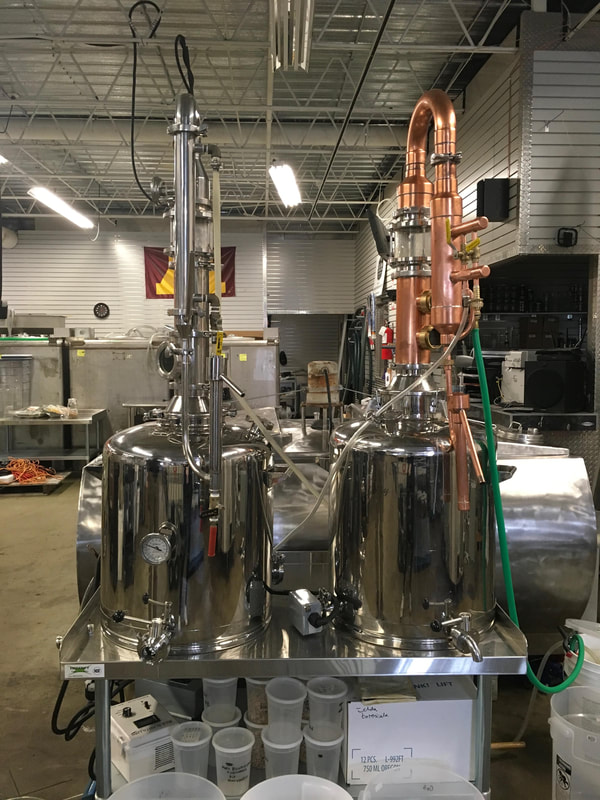
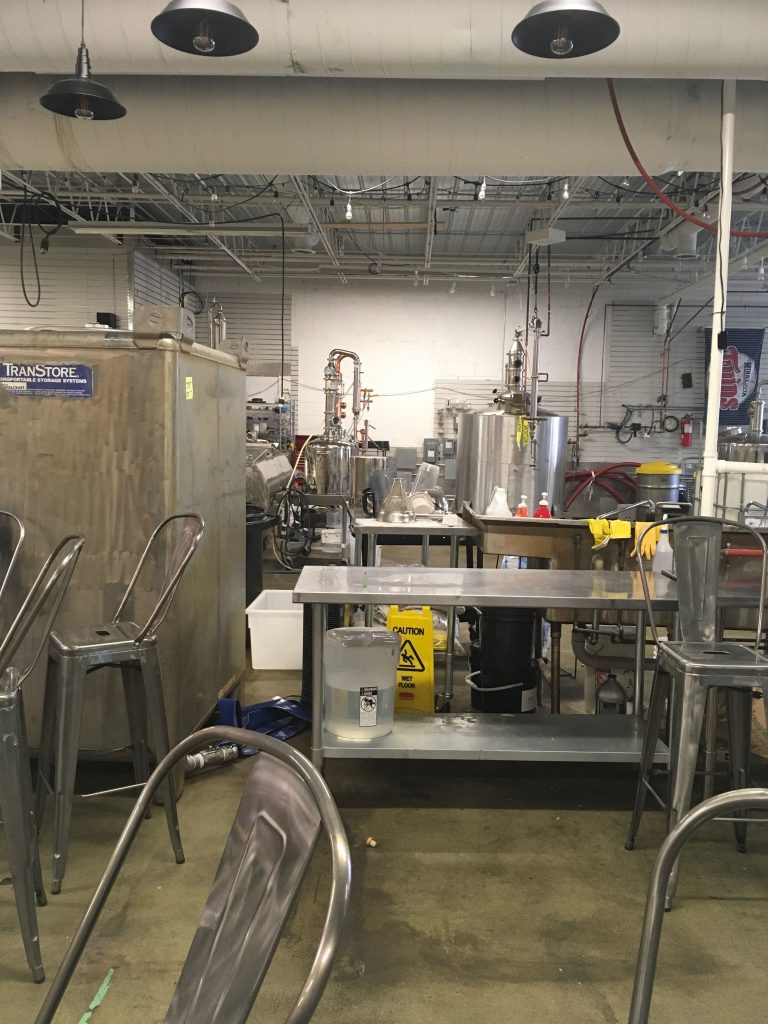
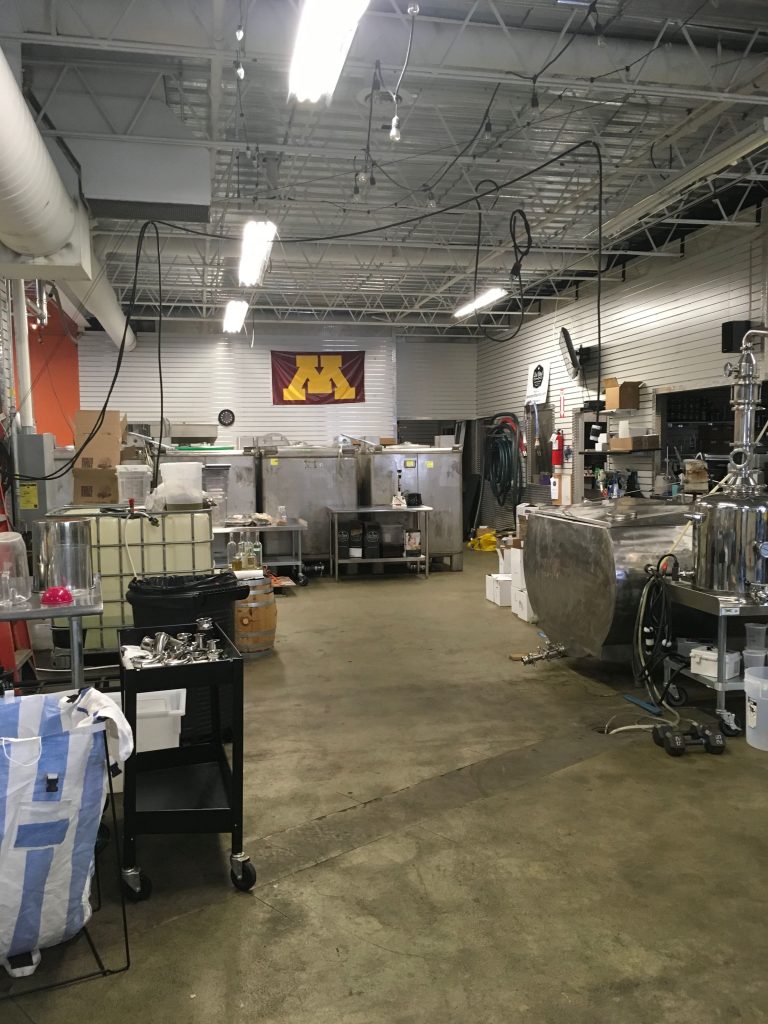
Pictures from the distillery tour. More on the tour here.
What about going and checking the website?







